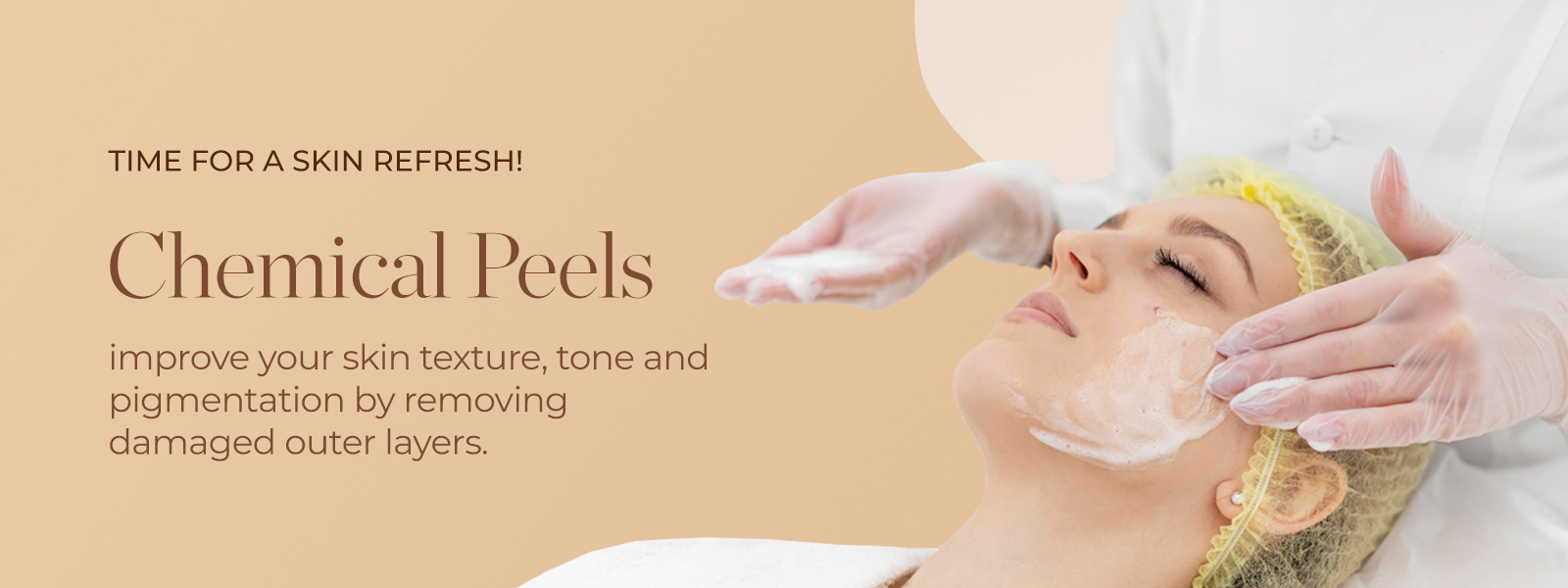
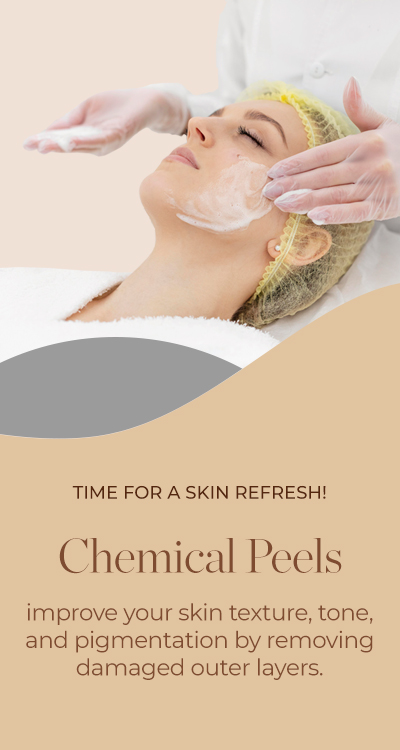
At A Glance
| End Result: | Progressive improvement over weeks to months |
|---|---|
| Socially fit: | 1-2 weeks, with potential for redness and peeling |
| Fit for desk work: | Immediate |
| Procedure: | In the clinical setting, no anaesthesia is required |
| Risk: | Low to moderate, depending on the peel depth |
| Pain: | Mild to moderate, sensation of warmth or stinging during the procedure |
| Active exercise: | Resume after a few days |
| Inconveniences: | Peeling, redness, and increased sensitivity post-treatment |
What are Chemical Peels?
Chemical peels are cosmetic procedures that involve the application of a chemical solution to the skin to exfoliate the outermost layers, revealing smoother, brighter, and more youthful-looking skin underneath. These solutions typically contain alpha hydroxy acids (AHAs), beta hydroxy acids (BHAs), or trichloroacetic acid (TCA), which work by causing controlled damage to the skin’s outer layers, promoting cell turnover and collagen production. Chemical peels can vary in strength and depth, ranging from superficial peels that target the epidermis to deeper peels that penetrate into the dermis. Depending on the specific concerns being addressed, chemical peels can improve skin texture, reduce the appearance of fine lines and wrinkles, fade hyperpigmentation and age spots, and treat acne or acne scars. Chemical peels are commonly performed on the face but can also be used on the neck, chest, hands, and other areas of the body to improve skin tone and texture.
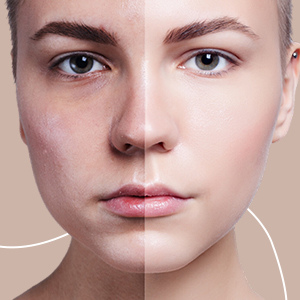
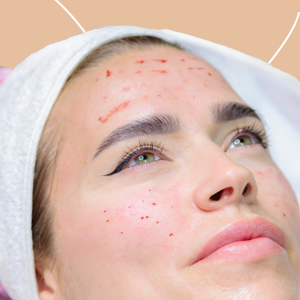
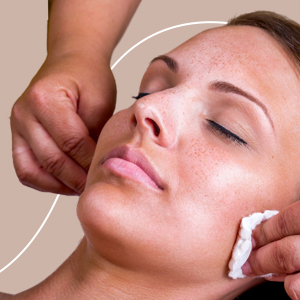
Why Chemical Peels?
Chemical peels are suitable for individuals looking to improve the overall appearance and texture of their skin. Ideal candidates for chemical peels are typically in good overall health, have realistic expectations about the outcomes of the procedure, and have specific concerns such as sun damage, fine lines and wrinkles, uneven skin tone, acne, or acne scars. Chemical peels can be customized to address different skin types and concerns, making them suitable for individuals with various skin types and tones. However, individuals with certain skin conditions such as active infections, eczema, rosacea, or a history of keloid scarring may not be suitable candidates for chemical peels.
